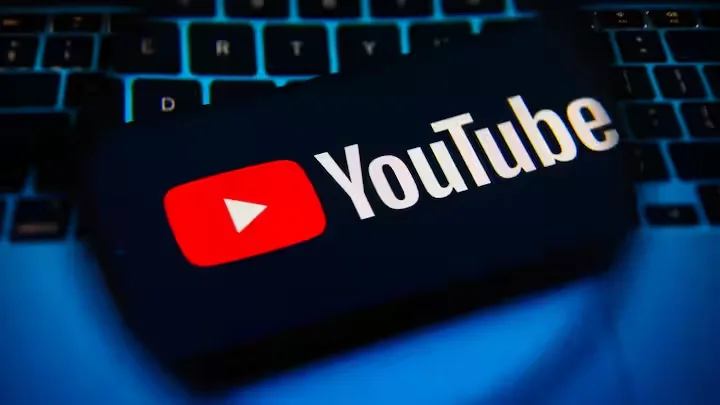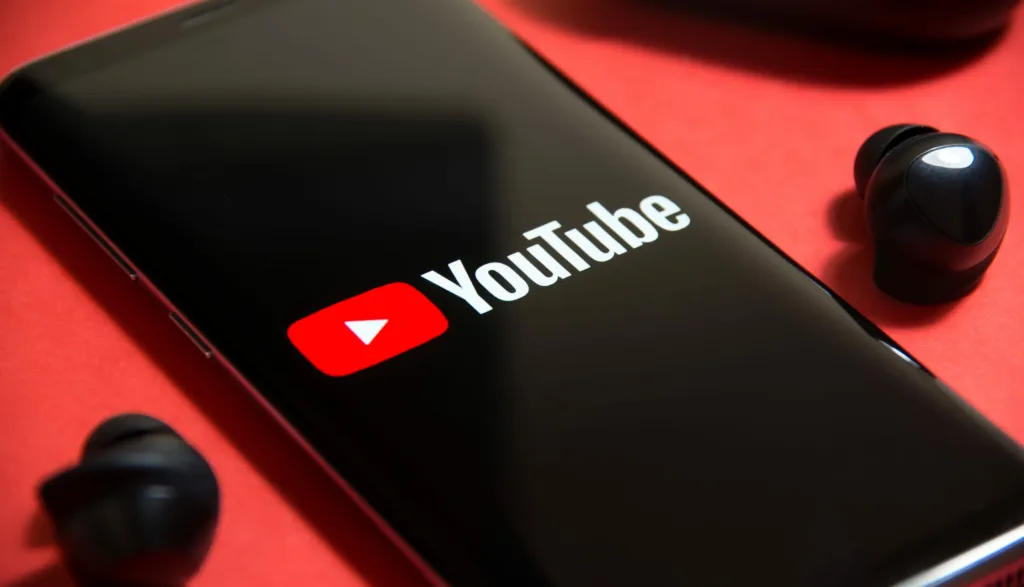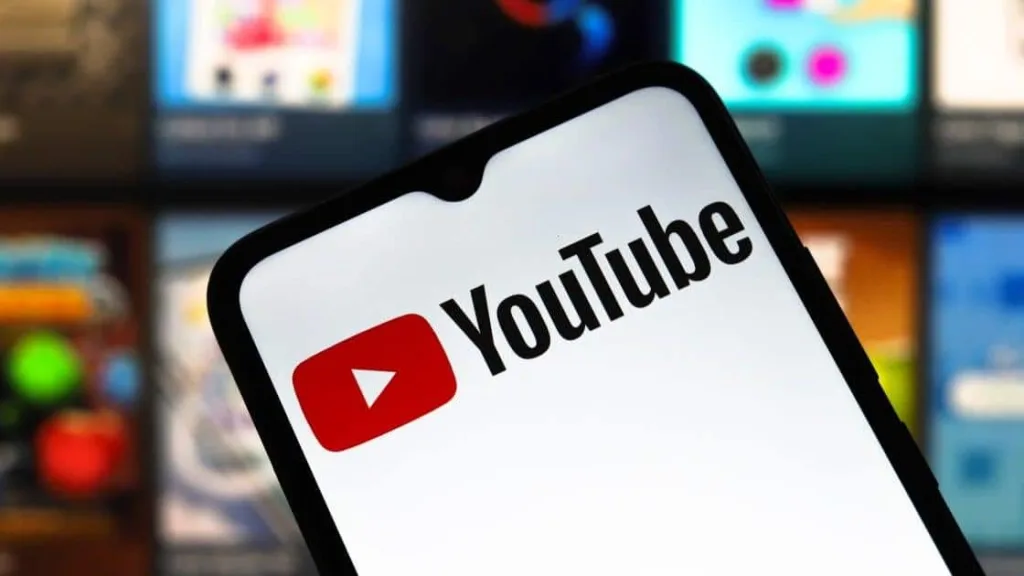YouTube has launched a major overhaul of its monetization policies effective July 15, 2025, targeting mass-produced and repetitious content. The platform is updating its Partner Program guidelines to better identify and restrict inauthentic content, specifically mass-produced and repetitious videos. This significant policy shift could dramatically impact thousands of creators who rely on automated or low-effort content strategies.
Table of Contents
What’s Changing in YouTube’s Monetization Policy?
YouTube wants to reward creators for original and authentic content that adds value to viewers, and the new policies make this crystal clear. The platform is cracking down on content that doesn’t meet these standards, potentially removing monetization from entire channels.
Key Policy Changes Overview
| Aspect | Previous Policy | New Policy (July 15, 2025) |
|---|---|---|
| Content Quality | Basic originality required | Stricter authentic content standards |
| Mass Production | Loosely regulated | Explicitly prohibited |
| Repetitious Content | Allowed with variations | Significantly restricted |
| Misleading Titles | Moderately enforced | Can lead to demonetization or takedowns |
| Educational Content | Standard requirements | Must include unique explanations, research, or tutorials |

What Content Will Be Demonetized?
The new policies specifically target several types of content that YouTube considers inauthentic:
Mass-Produced Content
- AI-generated videos without human creativity
- Template-based content with minimal customization
- Automated compilation videos
- Repetitive format videos with identical structures
Misleading Content
Titles that mislead viewers or overpromise can now lead to demonetization or even video takedowns, especially in news, finance, or health spaces. This represents YouTube’s attempt to clean up the homepage and stop manipulative tactics.
What Still Qualifies for Monetization
YouTube will reward monetization only to creators producing original and authentic content, including educational videos with unique explanations, research, or tutorials that teach something new, and innovative entertainment content such as original sketches, short films, vlogs, or creative analysis.
Impact on Different Creator Categories
Educational Creators
Must demonstrate unique value through original research, personalized explanations, or innovative teaching methods. Simple content aggregation will no longer qualify.
Entertainment Creators
Need to show creativity and originality in their approach. Reaction videos and compilation content face stricter scrutiny.
News and Commentary
Face enhanced restrictions on misleading titles and must provide genuine analysis rather than content recycling.

Current Monetization Requirements Still Apply
While these policy changes add new restrictions, YouTube has significantly lowered the bar in some areas, allowing creators to monetize their content once they have 500 subscribers. The basic requirements remain:
- 1,000 subscribers with 4,000 watch hours in the past year
- OR 10 million public Shorts views within 90 days
- 500 subscribers for early access to fan funding features
How Creators Can Adapt
Focus on Originality
Invest time in creating unique perspectives, original research, and personalized content that adds genuine value to your audience.
Avoid Automation Traps
While AI tools can assist in content creation, the final product must demonstrate human creativity and authentic value.
Improve Title Authenticity
Ensure your titles accurately represent your content without using clickbait or misleading promises.

What This Means for the Platform
These changes represent YouTube’s commitment to quality over quantity. The platform is prioritizing creator authenticity and viewer satisfaction over rapid content production. This could lead to:
- Improved content quality across the platform
- Better user experience with more valuable content
- Reduced competition from low-effort creators
- Enhanced advertiser confidence in content quality
Timeline and Implementation
The new policies took effect on July 15, 2025, with YouTube actively reviewing channels for compliance. Creators who violate these guidelines may face:
- Immediate demonetization of affected videos
- Channel-wide monetization removal for repeat violations
- Content takedowns for seriously misleading material
Preparing for the Future
Successful creators will need to adapt by focusing on authentic content creation, building genuine audience relationships, and providing real value through their videos. The era of mass-produced, low-effort content appears to be ending on YouTube.
The policy also heavily restricts misleading content, particularly titles that overpromise or mislead viewers, especially in sensitive areas like news, finance, and health. This means creators who use clickbait tactics or make false promises in their titles face immediate demonetization or even complete video takedowns.
Additionally, simple content aggregation without original commentary or analysis will no longer qualify for monetization. For example, channels that merely compile existing content without adding unique insights, educational value, or creative transformation will lose their monetization privileges. The policy emphasizes that successful monetization now requires demonstrable human creativity, original research, personalized explanations, or innovative approaches to content creation.
Creators who have built their channels around reaction videos, news compilation without commentary, or automated content generation will need to significantly adapt their strategies to maintain monetization eligibility under these new guidelines.
Educational creators should focus on developing unique teaching methods, providing personalized explanations, and conducting original research that offers new insights to their audience. Entertainment creators need to demonstrate creativity through original sketches, innovative video concepts, vlogs with authentic personality, or creative analysis that goes beyond simple reactions or compilations.
To maintain compliance, creators should ensure their titles accurately represent their content without using misleading clickbait tactics. They should also avoid mass-production techniques and instead focus on quality over quantity, creating fewer but more valuable videos that demonstrate genuine human creativity and effort.
Successful adaptation also requires building authentic relationships with audiences through consistent, valuable content that addresses real viewer needs and interests. Creators should leverage their unique knowledge, experiences, and perspectives to create content that cannot be easily replicated by automated systems or mass-production techniques. This approach not only ensures compliance with the new policies but also tends to create more engaged, loyal audiences that support long-term channel growth.
For more insights on digital marketing strategies and content creation, visit our social media marketing section and content creation guides.
Sources: YouTube Help – Monetization Policies, Search Engine Journal, Podcastle AI Blog
Frequently Asked Questions
What specific types of content will lose monetization under YouTube’s new July 15 policy?
YouTube’s new monetization policy specifically targets mass-produced and repetitious content that lacks authentic value. Content that will lose monetization includes AI-generated videos without human creativity, template-based content with minimal customization, automated compilation videos, and repetitive format videos with identical structures across multiple uploads.
How can content creators adapt to maintain monetization under the new YouTube policies?
Content creators can adapt to the new YouTube monetization policies by focusing on three key areas: originality, authenticity, and value creation. First, creators must invest significantly more time in developing unique perspectives and original content. This means conducting personal research, offering distinctive insights, and creating content that reflects their individual expertise and personality rather than following generic templates or automated processes.








